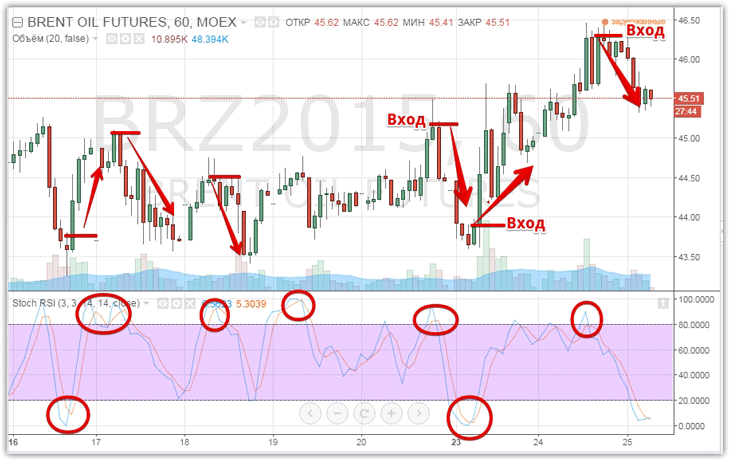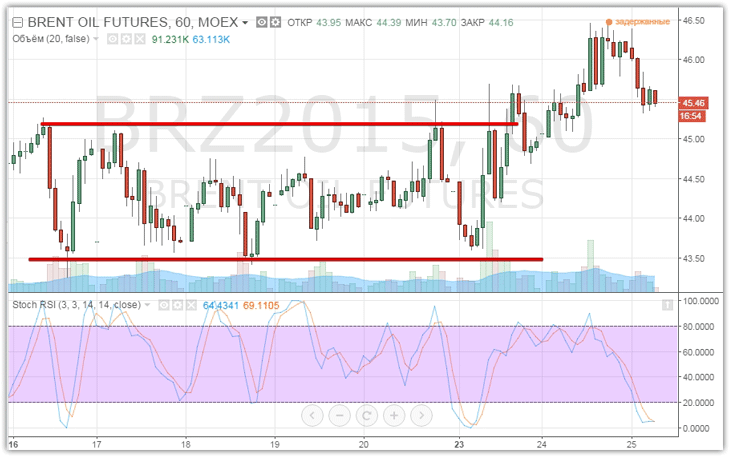Futures strategy
Forex traders have developed a number of certain myths around futures trading, mainly due to a lack of understanding of the essence of this contract.
understanding of the essence of this contract.
For example, some claim that only fundamental analysis works when trading futures, others claim that only technical analysis, and there is a category of traders for whom futures are something out of science fiction, and they have no idea what tools really work here.
A futures is a contract that obliges the supplier to sell a product at a predetermined price at a certain time, and the buyer to buy back the product at a certain time at a predetermined price.
Let's say you assume that in a month the euro exchange rate will jump, so you decide to enter into a futures contract at the current price in order to receive your euros in a month at the current price, and not at the one that might be.
As a result, if the euro exchange rate really jumps, then in a month you will make a profit, since according to the futures you are buying back the euro at the price that was pledged at the time the contract was concluded. In real life, you could buy a euro and hold it in your hands until the exchange rate rises, but if you expect that the price of oil will jump, you wouldn’t buy a barrel for resale?
Therefore, to make money on the difference in price, non-deliverable futures were invented, the main purpose of which is to make money on changes in the exchange rate in prices at the current moment and in the future at the time of expiration. In fact, you see before your eyes an ordinary chart with a price, just like on a foreign exchange exchange, and you can either buy or sell, and you can close your position before the expiration of the contract, but upon expiration the position will be closed automatically.
To summarize the above, all the methods and strategies that you used to trade the Forex market can easily be applied when trading futures.
Main types of futures.
There are many different futures, or more precisely, assets that act as futures. For example, there are futures for currencies (the quote chart is the same as for Forex), futures for metals, raw materials, energy, stocks, indices, securities and everything that is sold on various exchange platforms of this world.
Depending on the asset you choose, the futures trading strategy can be different, ranging from fundamental analysis to all the usual technical ones.
For currency futures, the same fundamental influencing factors remain as when trading regular currency pairs on Forex. For example, such indicators as the interest rate, the country's GDP, the trade balance, the business activity index, unemployment data and all macroeconomic indicators of those national currencies whose currencies act as futures.
In the Forex market, you are used to seeing the abbreviation of the currencies with which you work (For example, EUR/USD buy euros for dollars), but futures contracts have a completely different abbreviation, but the meaning remains the same. For example, ED futures is an analogue of EUR/USD, AU is an analogue of AUD/USD, therefore, when you open a currency futures and a currency on the Forex market, you will see a completely identical chart.
Energy futures, such as oil of various grades, lend themselves well to both fundamental and technical analysis. For successful trading, you need to analyze the state of production of the main exporting countries, for example, Saudi Arabia, Canada, and you need to monitor the statements of politicians, because the oil price can be restrained due to a decrease in production or, on the contrary, lowered due to the entry of new players to the global level and an increase in exports by the main oil players.
Basic principles of building strategies when using futures.
However, despite fundamental analysis, any futures lends itself to technical analysis and all the usual support and resistance levels, chart patterns and technical indicators work just as well. For example, consider the Brent oil futures and signals from the Stochastic oscillator.

The picture demonstrates how, by working with just one Stochastic indicator and buying in oversold zones and selling in overbought zones, you can make successful transactions with oil futures. Also, if you paid attention, the standard support and resistance lines are no less effective. For example, consider the same chart, but draw these levels:

As you can see, the price repeatedly hits the support line and rebounds to the resistance line, and when the price broke through the resistance line, it successfully went up.
To summarize, we can say that both fundamental and technical analysis can be used and be the basis of a trading strategy. Moreover, if fundamental factors help you determine the possible course of the trend and confirm the main trends, then using technical analysis you can always find excellent points to enter a position.
